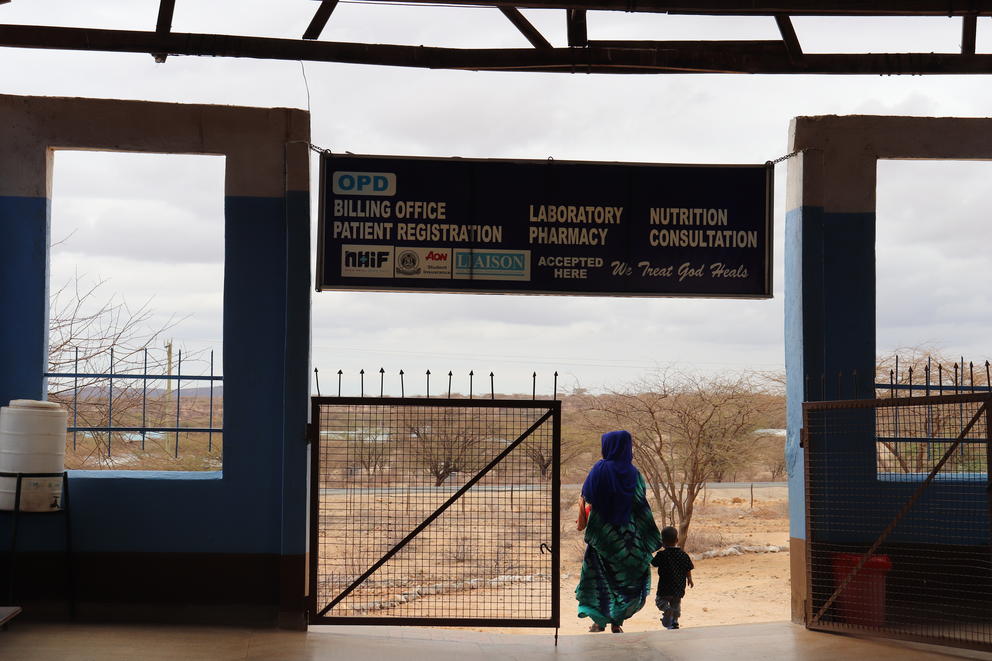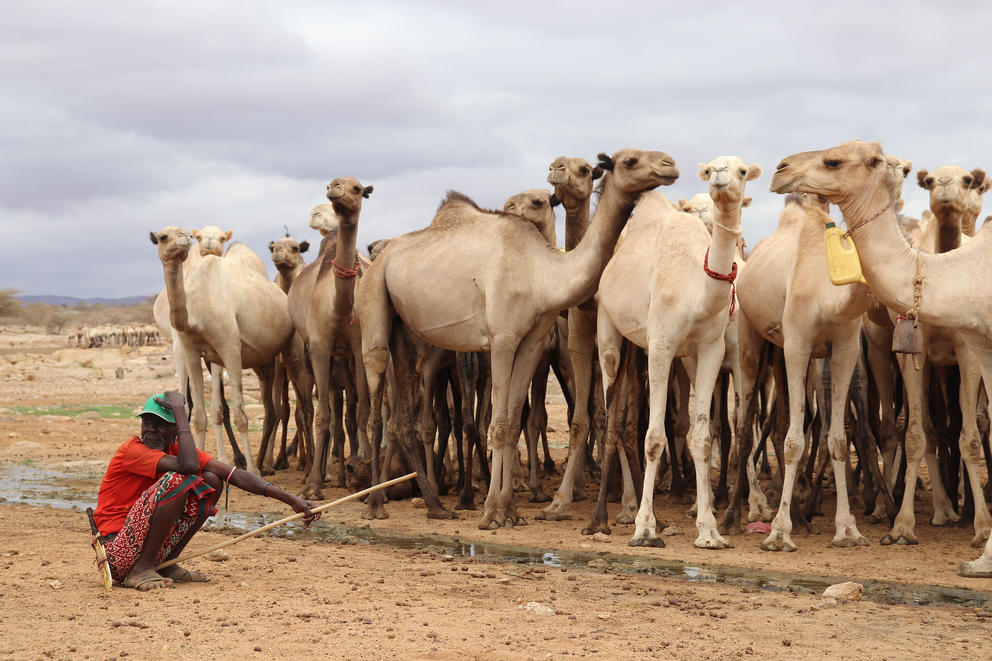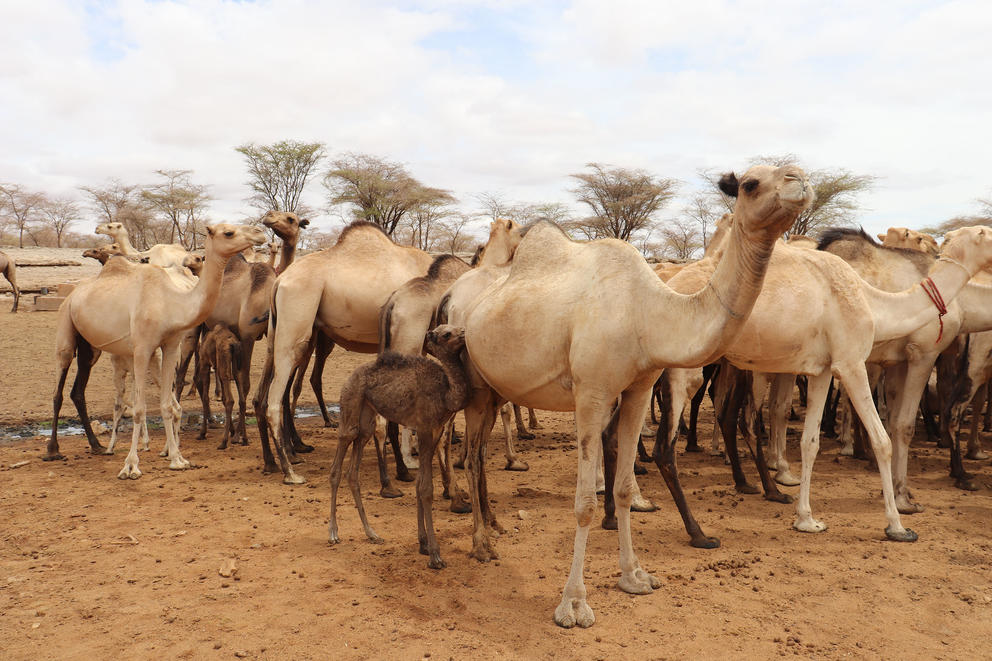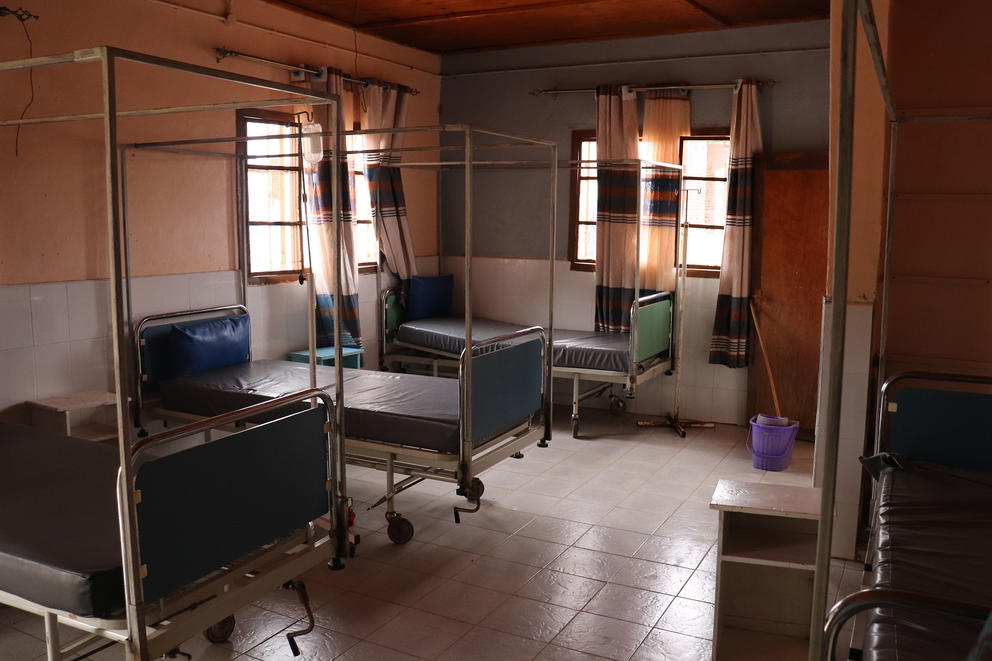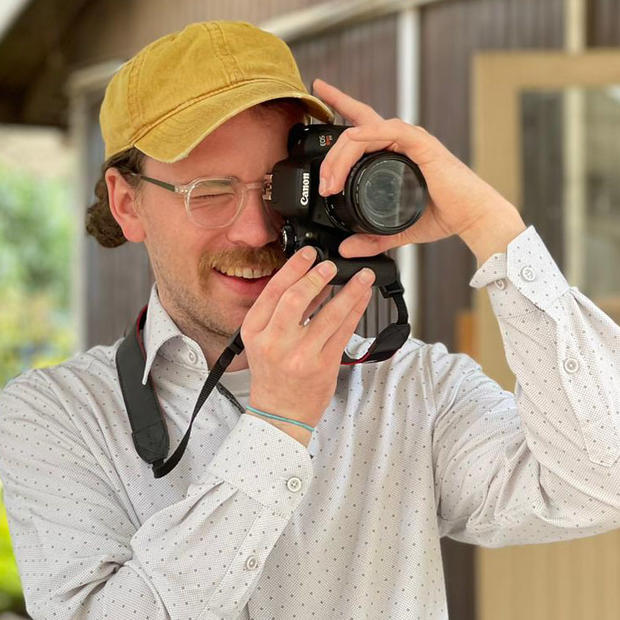Well before the COVID-19 pandemic, virus hunters like Njenga and his team of researchers had been eyeing a deadly virus known to jump from camels to humans: Middle East respiratory syndrome (MERS-CoV). The virus, discovered in Saudi Arabia in 2012, has killed roughly one out of every three patients who contract it, or about 936 people in a decade, according to the World Health Organization.
Most of those deaths occurred on the arid and camel-dependent Arabian Peninsula. But in sub-Saharan and East Africa, where more than 80% of the world's dromedaries live, only a handful of cases have been confirmed.
Isaac Ngere, an epidemiologist at WSU’s Paul G. Allen School for Global Health, was part of the team that found three of those cases – all asymptomatic – in Kenya.
“It’s very interesting,” Ngere said. “Each answer we get gives us about 10 questions, so every single time we get one thing, we have to go back almost 10 different ways to try and describe this disease.”
Like the better-known coronavirus, COVID-19, MERS affects the respiratory system. Symptoms include coughing, chest pains and difficulty breathing, and it can escalate quickly into deadly pneumonia or fibrosis.
Ngere said the virus’s respiratory transmission makes it particularly concerning from a global health perspective, because a more easily transmissible MERS variant could lead to millions of deaths, as did COVID-19.
One focus of the research team is watching for outbreaks of variants in rural areas where they could fester, Ngere said.
At a camel slaughterhouse, a race to find the virus
Dromedaries are an essential part of life in northern Kenya, where Indigenous Kenyans spend up to half of each year with their camel herds walking hundreds of miles in search of water and grazing lands.
The towering one-humped creatures serve as a vital source of meat, fur and milk products in arid regions where other livestock struggle to survive. But they also provide a reservoir for the MERS virus.
In 2014 researchers identified antibodies to the MERS virus in blood samples taken from camels in Kenya, including some samples dating back to the 1990s. That finding established that coronavirus had been lurking among the nation’s camel population, but Ngere said it raised even more questions about why the region had not been devastated by the disease like the Middle East was.
Of the 2,605 laboratory-confirmed human cases of MERS reported to the World Health Organization since 2012, nearly 2,200 occurred in Saudi Arabia. In April 2014, the country experienced its single deadliest outbreak when 255 people in the city of Jeddah, Saudi Arabia, were confirmed to have contracted the virus, more than the global total of the prior two years. That outbreak led to 93 deaths, researchers say.
“It essentially showed that this virus was circulating in East Africa long before the first case, the first human case, was seen in the Middle East,” Ngere said.
In addition to driving the desire to understand the public health threat of MERS-CoV in Africa, the discovery of the antibodies in camels also launched the ongoing hunt for human cases of MERS in Kenya.
The WSU researchers located the first, and so far only, three cases of MERS among humans in Kenya just a few years after beginning their search in 2018, with a study focused on camel-owning families in Marsabit County. The drought-stricken region roughly 300 miles north of the capital city of Nairobi is home to the majority of Kenya’s nearly 5 million camels, according to the Kenya Agricultural and Livestock Research Organization.
In the search for the virus – and other human patients – researchers are investigating one of Kenya’s largest camel slaughterhouses. Dr. Andrew Karani said the slaughterhouse in the working-class town of Isiolo was an ideal location to focus their human testing because it employs workers of all ages and genders.
The slaughterhouse is an essential part of the community and a hub for every level of the industry, from transportation to farming to vendors and restaurant owners. The cinderblock slaughterhouse sits roughly 500 yards from an open marketplace where livestock are bought, sold and traded.
A young camel attempts to goad its mother into feeding at a borehole in Marsabit County near Laisamis, Kenya. Camel herders will often keep female camels for several years for their milk or for breeding, whereas male camels are traditionally harvested for meat within a few years of reaching maturity. (Nick Gibson for Crosscut)
WSU assistant researcher Millicent Minayo conducts most of the testing, which involves taking a twice-monthly blood sample and a nasal swab from each of the 95 slaughterhouse workers in the study.
Minayo, affectionately referred to as “The Camel Lady” by her peers, found the first confirmed active cases in Kenyan camels in 2018. Since then she has collected more that 40,000 samples from camels and humans.
The research team follows the blood sampling with a brief questionnaire. Karani said it helps the team understand the workers’ current hygiene practices and how they have changed since the start of the study. The survey also helps discover if the workers or their families have had any symptoms that could be associated with MERS.
The women who clean the camels’ organ cavities reported feeling flu-like symptoms about twice a week, but have never tested positive for MERS. Karani said that could be evidence that the virus may present differently and less severely in Africans.
“Some of the participants will say ‘Oh, I noticed a camel was sneezing and then I noticed I had a cough for a couple days,’” Karani said. “It could be they have stronger immune system responses passed down over generations.”
Brian Ogoti, a doctoral candidate at the University of Nairobi, said initial lab studies have indicated that there may be molecular differences in the virus found in camels in Kenya and the virus that has proven deadly on the Arabian Peninsula. Most of the camels residing in the Middle East originated in East Africa, a historic one-way trade relationship.
Ogoti said the virus may mutate or go through some sort of change on the journey from East Africa to the Middle East. By the time the camels arrive and are sold to herders in the Middle East, those herders could be dealing with a different variant of MERS than the one that has been circulating in Kenyan camels since at least the 1990s.
The lack of severe MERS cases in Kenya and larger East Africa may also be due to gaps in existing research, Ogoti acknowledged.
“It could just be slipping through the cracks,” Ogoti said, “which is why it’s so important to find the first positive case with symptoms so we know what we are dealing with.”
As drought endures, more pastoralists turn to camels
The two-hour drive from Isiolo to Laisamis, Kenya, in Marsabit County showcases the barren landscape of northern Kenya as the country grapples with its worst drought in 40 years.
Vast riverbeds once filled with green-hued water are filled with nothing but red sand. Camels, hearty by nature, have become the most popular livestock in the area as the drought has worsened; the area hasn’t seen rain in over four years.
Karani and Minayo are searching for the first confirmed symptomatic MERS case among the many camel-owning patients at the Catholic hospital of Laisamis.
Director James Masese said it’s the main referral hospital for Marsabit County’s rural residents. There are 14 beds available on any given day, the kitchen runs on a wood-burning stove and the building had power installed only a few years ago.
Its access to electricity played a crucial role in deciding to conduct the study at the hospital, Karani said, so they had somewhere to keep the blood and serum samples cool between trips to the main office in Nairobi.
Minayo said the drought conditions have made it challenging to follow the pastoralists year by year as their search for food and water for their livestock grows ever more arduous due to climate change.
“It’s fascinating, isn’t it?” Karani said. “We know it’s in the camels here, and we know people are spending more and more time with the camels. So why are we not seeing the same effects?”
Since the study started more than two years ago, not one test has yielded a positive result.
“I know it’s out there, we just have to find it,” Karani said.

